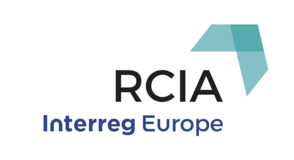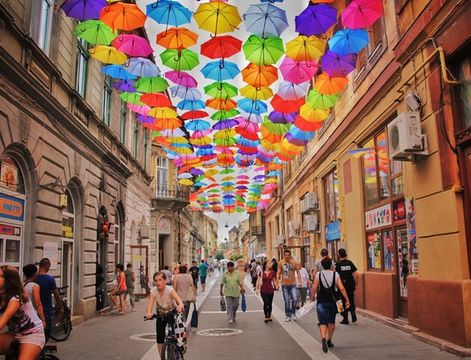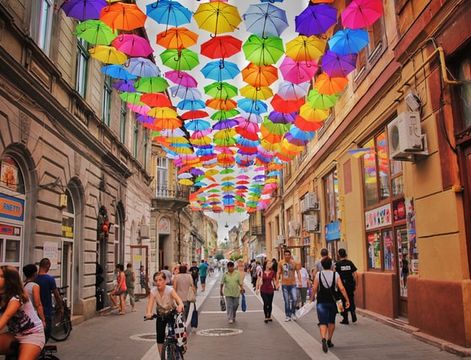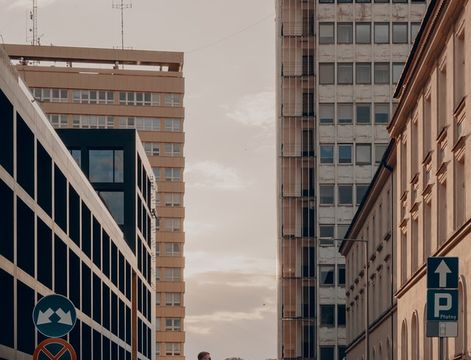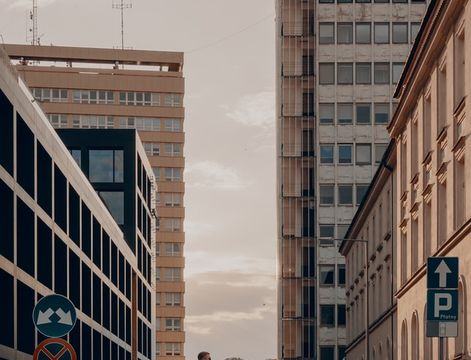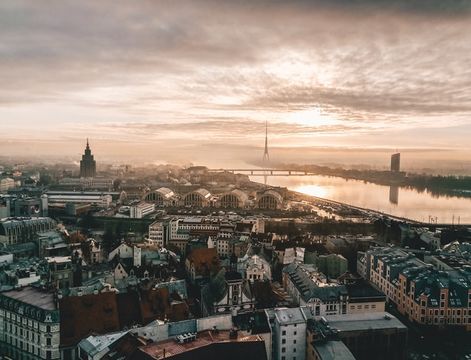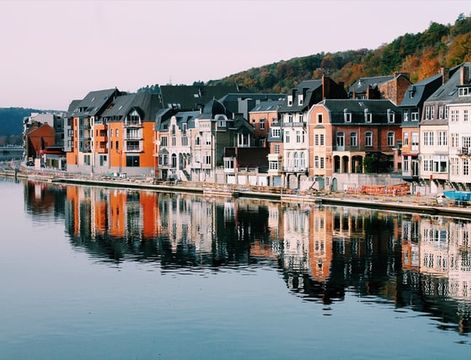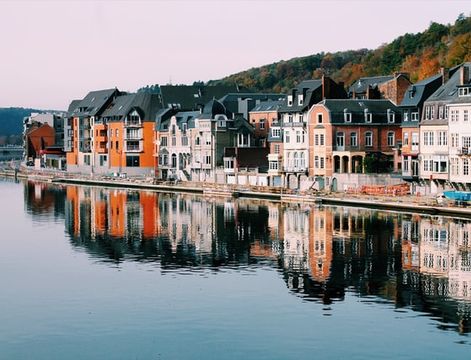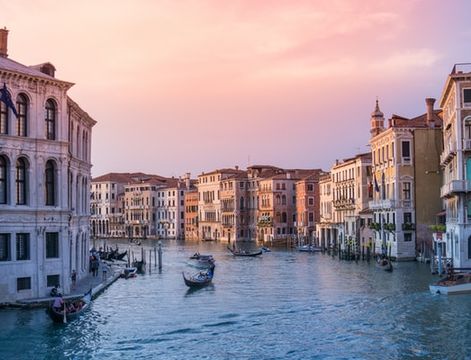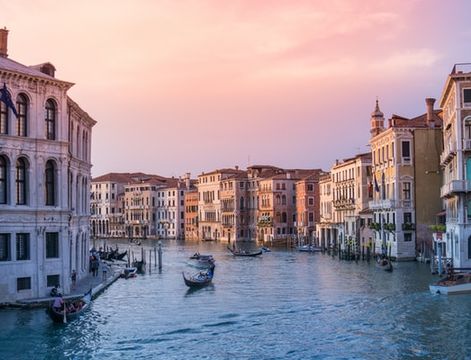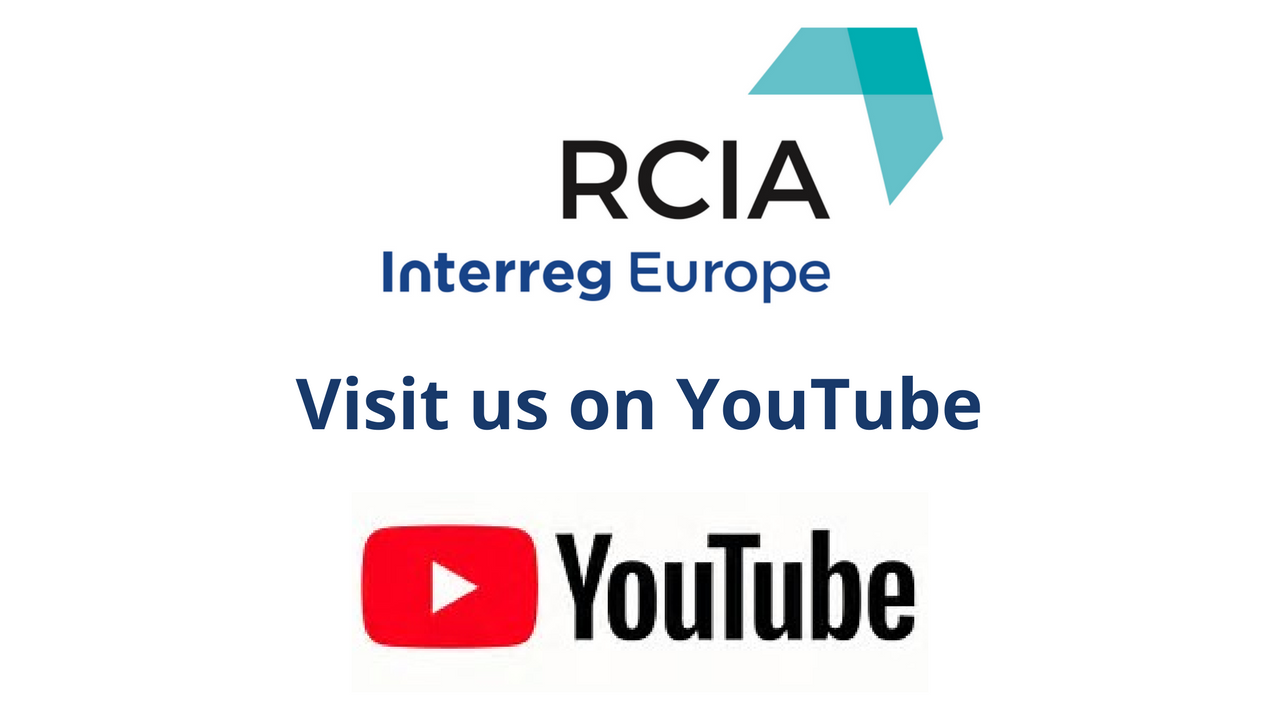Interreg projects are highlighted in Wallonia!
RCIA was presented to the partners of the CREADIS3 project.
On the 1st and 2nd of November, the partners and stakeholders of the CREADIS3 Interreg project discovered Walloon creativity. This project also aimed at boosting the creative and cultural industries sector.
But what is CREADIS3? An initiative of some European regions that have capitalized on the potential of creative and cultural industries as vectors of economic development. After three years of exchange of experiences, mapping and analysis of the sector, the project provides two years for the implementation of concrete actions to support creative and cultural businesses in connection with the economic strategies of the regions concerned. In Wallonia, it is notably the creative hubs policy that is the core of the project. Innovative third places established in the urban centres of Wallonia, the Walloon creative hubs enable the meeting and collaboration between the different layers of the economic fabric and the different sectors, including that of the creative and cultural industries. Their goal is thus to create economic value by focusing on creativity as a determinant of innovation.
As The Service Public of Wallonia is involved with both Interreg Europe projects: RCIA and CREADIS3, we did not miss the opportunity to present the RCIA project to the CREADIS3 partners. After a quick presentation of the main goal of the project and the four different objectives, a more detailed presentation was done on the methodology used in the RCIA project (policy round tables, staff exchange). Creadis3 partners were curious and delighted to learn more about it.
These two days of the study visit were also a chance for the RCIA project officer of Wallonia to meet, exchange and discuss with the partners of the CREADIS3 project to better understand the similitude’s and differences. Delegations from Finland, the Basque Country, Italy, Slovakia and Greece were present.
The programme of the study-visit in a nutshell: Wallonia decided to invite its European partners to the KIKK, the now famous festival of digital cultures and arts. Through the outdoor facilities of the KIKK in Town, the Market of Innovations and the conferences of artists and creators from around the world, they received ideas about the economic and artistic deployment of new technologies. The next day, they discovered the ecosystem of Mons - The European Capital of Culture in 2015. The city of Mons has created a community of actors around the creative and cultural industries. From creative entrepreneurship to technological innovation through public testing in a museum environment, the spotlight has been on innovation in all its forms.
Bridges were built between these two Interreg projects and the cooperation will continue and surely bear fruit.
